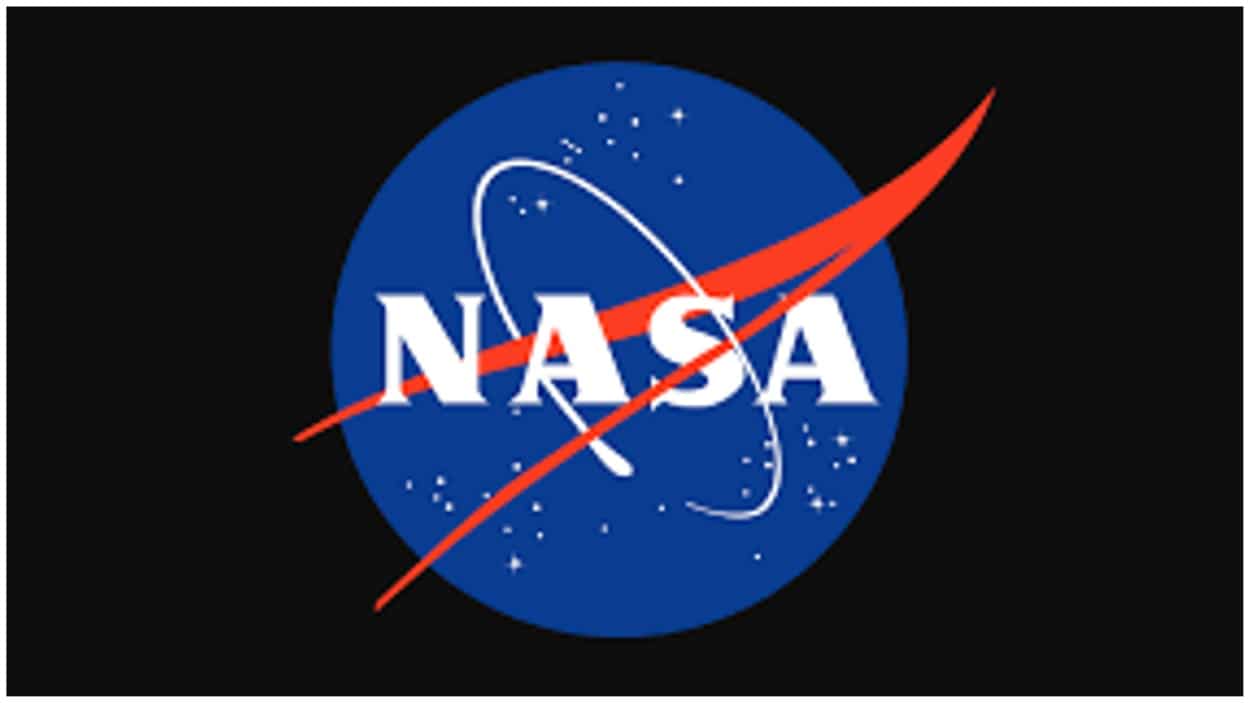NASA is leveraging advanced AI-driven computational tools to enhance research in heliophysics, Earth science, and beyond. At the SC2024 Supercomputing Conference, Nicola Fox, Associate Administrator for NASA’s Science Mission Directorate, highlighted innovative strategies for applying artificial intelligence to space science.
Fox introduced NASA’s plan to implement a large language model across its science divisions, supported by foundation models tailored to disciplines like astrophysics, planetary science, and heliophysics. She demonstrated a heliophysics foundation model that uses NASA’s Solar Dynamics Observatory data to forecast solar wind events and monitor sunspot activity.
Evolution of Space Computing: Voyager Missions as Milestones
Fox reflected on NASA’s Voyager missions, launched in the 1970s, which pioneered space computing with early semiconductor memory. These missions revealed Jupiter’s faint ring and Saturn’s moons, underscoring the potential for computational advances in exploration. Today, NASA manages over 140 petabytes of data, shared globally under open science policies, enabling broader scientific collaboration.
🚀 NASA and Microsoft have joined forces to create the Earth Copilot, an AI tool which takes the more than 100 petabytes of data that NASA’s satellites capture and makes it accessible to anyone using natural language for the first time. https://t.co/GhJOx61Mn6 #MSIgnite pic.twitter.com/2Mw1RAvJLG
— Microsoft (@Microsoft) November 20, 2024Real-Time Earth Observations and Environmental Monitoring
Fox also showcased NASA’s Earth Information Center, which integrates data on environmental changes with contributions from agencies like NOAA and the EPA. She highlighted advancements in wildfire detection using satellite data, enabling near real-time tracking of natural events. These data-driven innovations are critical for monitoring Earth’s changing environment.
Exploring Life Beyond Earth
In her remarks, Fox emphasized NASA’s ongoing search for extraterrestrial life. Observatories like the Transiting Exoplanet Survey Satellite (TESS) have detected thousands of exoplanets, such as LP 791-18d, which may offer conditions suitable for life.
She concluded by stressing the transformative role of AI and computational tools in analyzing NASA’s vast datasets, opening doors to research questions once considered unreachable. These advancements are shaping the future of space exploration and Earth science.






